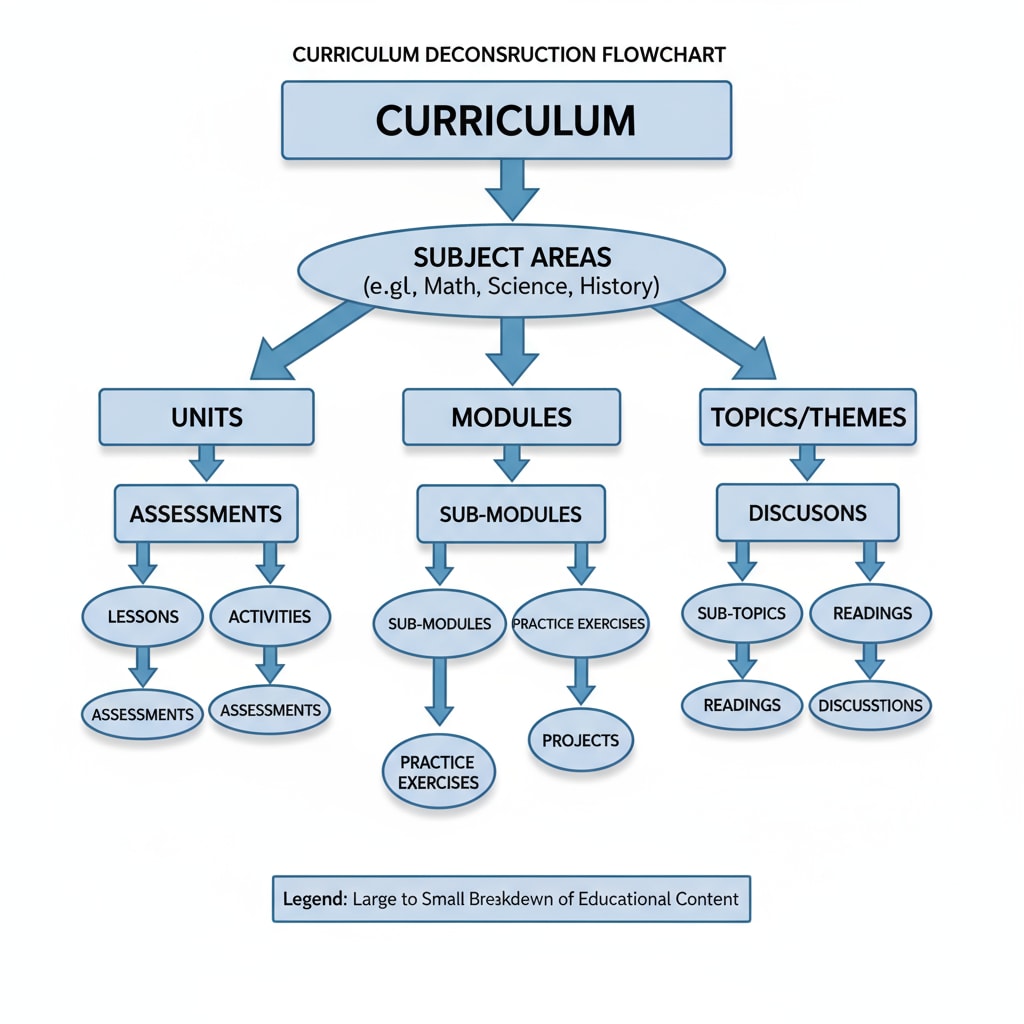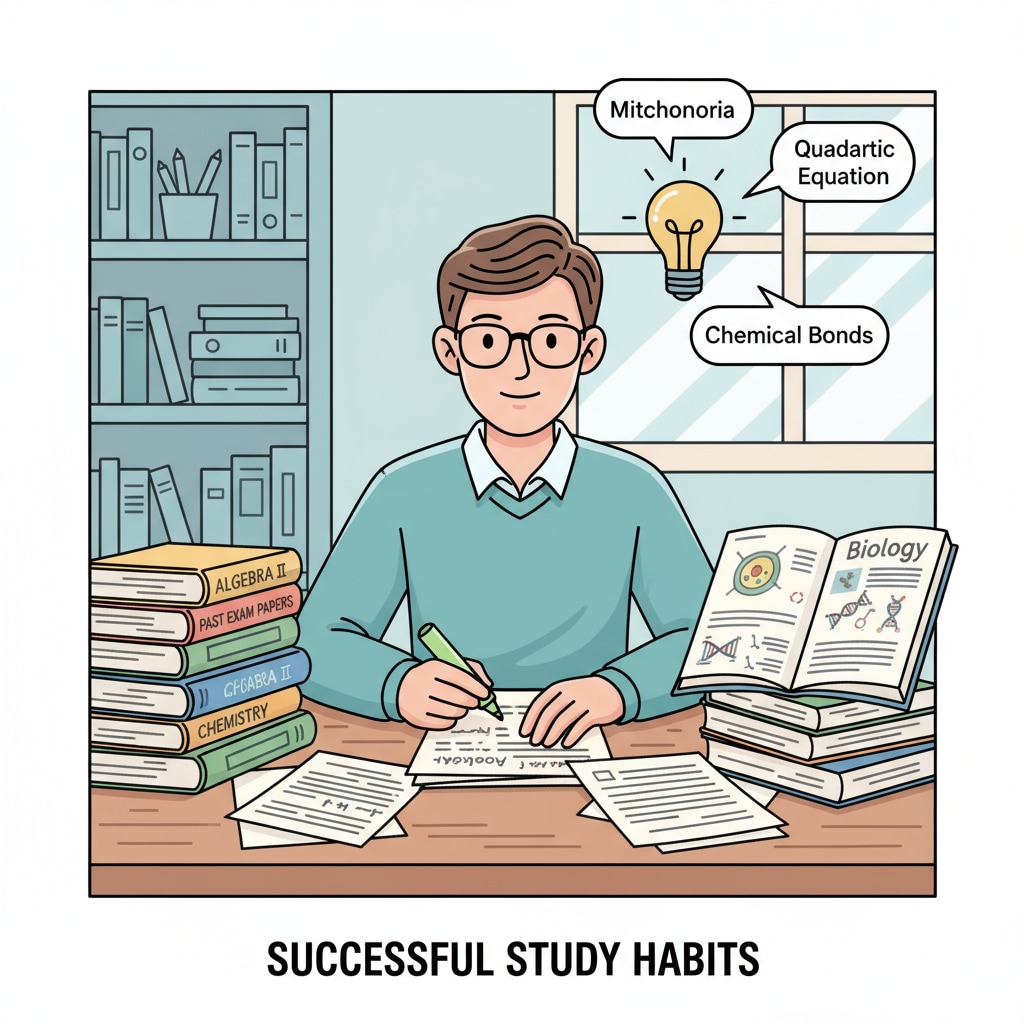In the realm of K12 education, the pursuit of learning methods to ensure 90%+ grades is a goal shared by many students and parents. Achieving such high academic scores requires a combination of scientific learning strategies, practical approaches, and effective mental adjustments. Let’s explore the key elements of this journey to academic excellence.

The Foundation of Effective Learning
At the core of attaining high grades lies a solid foundation in learning. This involves understanding the curriculum thoroughly. According to Britannica’s Education section, a clear grasp of what needs to be learned is the first step. Students should break down the syllabus into manageable chunks and create a study plan. For example, if studying history, divide the content by time periods or themes. This systematic approach helps in better comprehension and retention.

Active Learning Techniques
Passive learning, such as simply listening in class, is not enough to secure 90%+ grades. Active learning methods are crucial. This includes participating in class discussions, asking questions, and engaging in group projects. As per Wikipedia’s Active Learning page, when students actively interact with the material, they are more likely to understand and remember it. For instance, in a science class, conducting experiments in groups promotes hands-on learning and deeper understanding of concepts.
Another important aspect is note-taking. Effective note-taking involves summarizing key points, using abbreviations, and creating visual aids like mind maps. This helps in quick revision and better recall during exams.
Readability guidance: Each of these paragraphs focuses on a key aspect of learning, with short and clear sentences. Transition words like ‘for example’ and ‘another’ are used to connect ideas.
The Power of Revision
Regular revision is essential for retaining knowledge and performing well in exams. Instead of cramming at the last minute, students should have a consistent revision schedule. Spaced repetition, a technique where you review material at increasing intervals, has been proven effective. For example, review a topic after a day, then after a week, and then after a month. This helps move information from short-term to long-term memory.
Additionally, practicing past exam papers is a great way to familiarize oneself with the exam format and types of questions. It also helps in identifying areas of weakness that need further improvement.

Finally, maintaining a positive mindset is crucial. Believing in one’s ability to achieve high grades and staying motivated throughout the learning process are key factors. With the right learning methods and a positive attitude, students can consistently secure 90%+ grades and achieve academic success.


